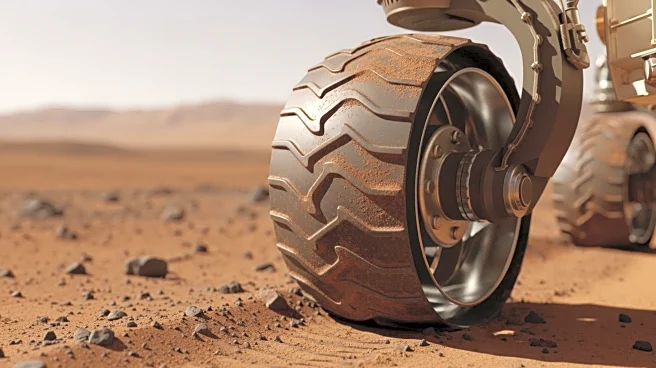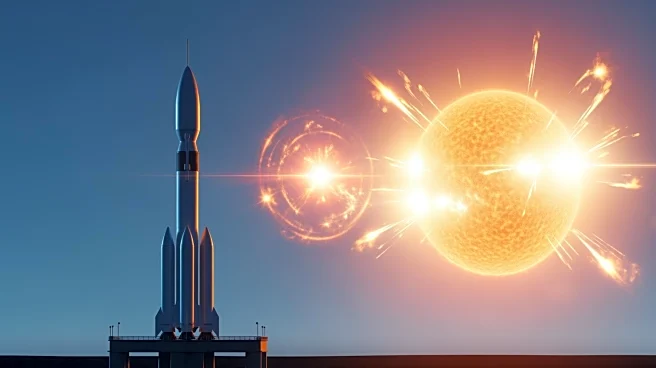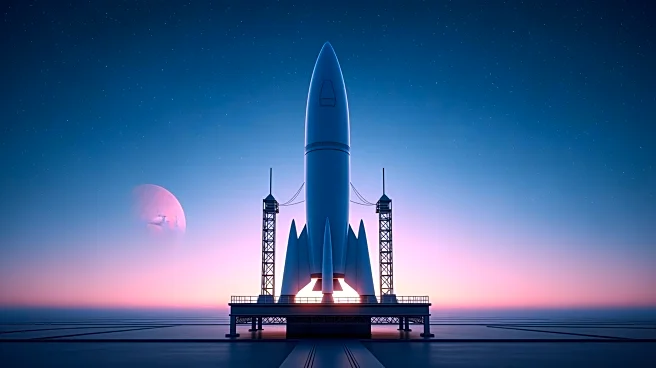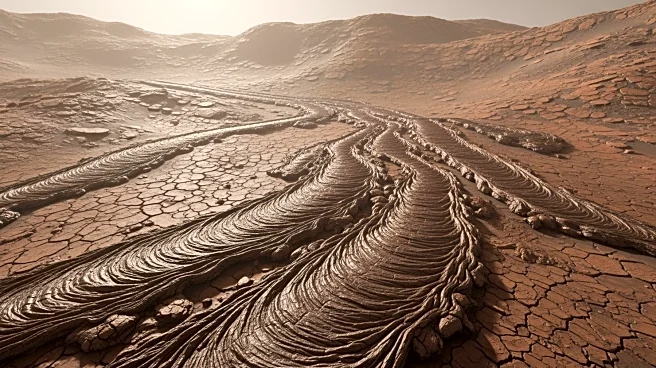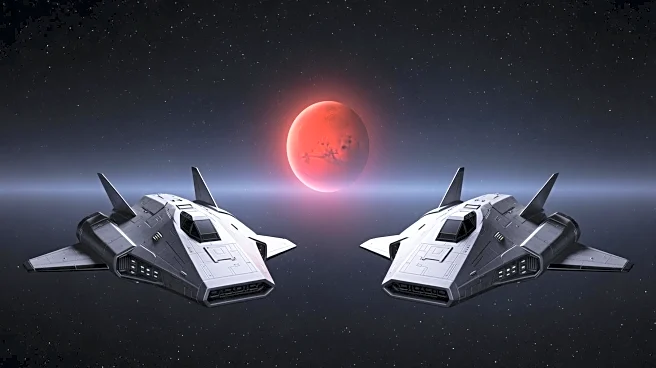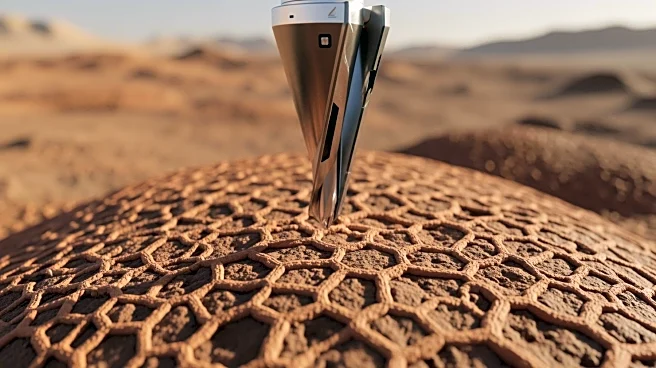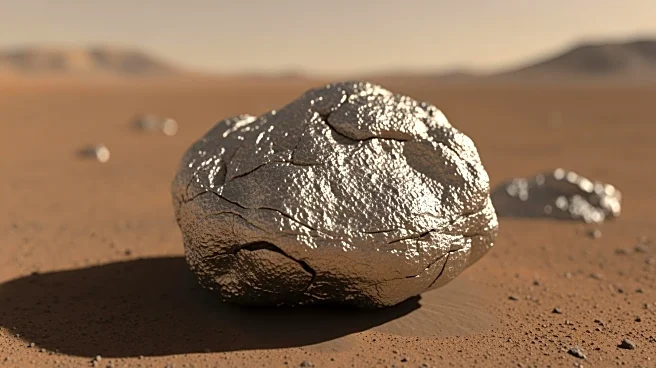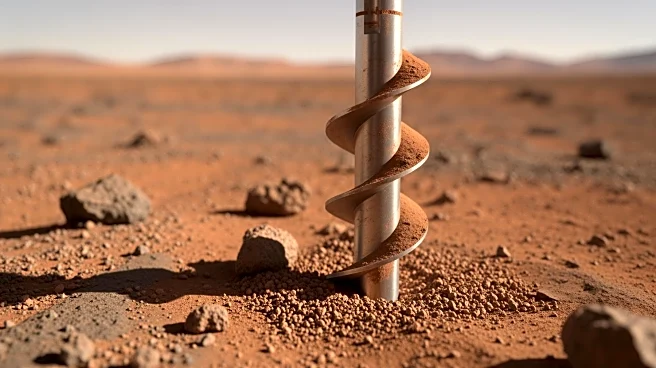What's Happening?
NASA's Curiosity rover has completed seven Mars years on the Red Planet, continuing its mission to explore and study the Martian environment. The rover, which landed in Gale Crater in 2012, has been instrumental in recording weather conditions and surface
radiation, contributing valuable data for future human exploration. As Mars transitions into its 'dusty season,' Curiosity is preparing for increased dust activity and potential global dust storms. The rover is currently setting up for drilling operations in the boxwork region, aiming to understand the geological processes that shaped Mars' surface.
Why It's Important?
Curiosity's ongoing mission provides critical insights into Mars' climate and geological history, aiding scientists in understanding the planet's potential for past life and its suitability for future human missions. The data collected by Curiosity helps refine models of Martian weather patterns and surface conditions, essential for planning manned missions. The rover's achievements highlight the importance of robotic exploration in advancing space science and technology, paving the way for more ambitious endeavors in the solar system.
What's Next?
Curiosity will continue its drilling operations in the boxwork region, with plans to compare results from different geological features to gain a deeper understanding of Mars' past. The rover's environmental science team will conduct coordinated observations to track seasonal atmospheric changes, including methane measurements. These activities will contribute to ongoing debates about Martian methane sources and destruction mechanisms, furthering scientific knowledge about the planet's atmosphere.
